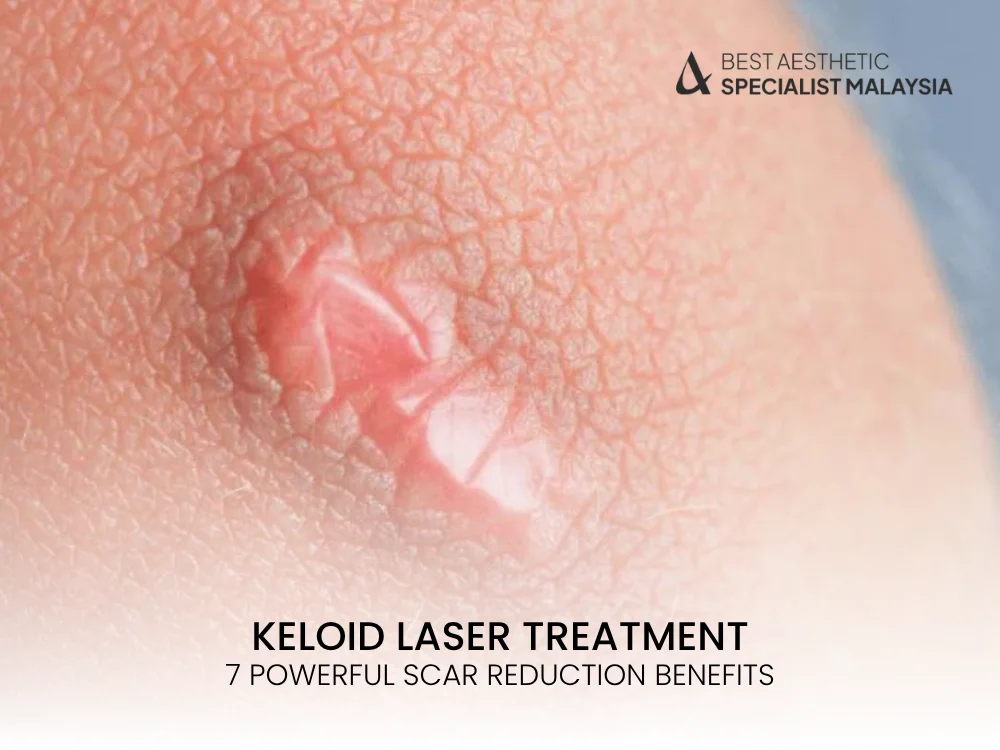Keloids are stubborn, raised scars that go beyond the original injury boundary, often causing distress both physically and emotionally. When creams, steroids, and surgery fail to deliver lasting results, many turn to an innovative, non-invasive solution — keloid laser treatment. In recent years, laser therapy has become one of the most trusted and effective approaches for minimizing keloids.
Let’s explore how keloid laser technology can offer life-changing improvements in scar appearance and comfort, supported by real medical data and patient outcomes.
Understanding Keloids and Why They Form
Keloids result from an overproduction of collagen during wound healing. Unlike normal scars, they continue to grow and may become itchy, painful, or discolored. Common causes include acne, piercings, burns, surgical incisions, and even minor injuries.
Why Conventional Treatments Often Fall Short
While steroid injections and surgical excision are frequently used, they often result in recurrence rates exceeding 50%. In contrast, keloid laser treatment targets the scar tissue precisely, reducing its size, color, and discomfort with minimal risk of regrowth.
What Is Keloid Laser Treatment?
Keloid laser treatment involves the use of high-energy light beams to break down scar tissue, promote skin remodeling, and reduce inflammation. Different types of lasers, such as Pulsed Dye Laser (PDL), CO2 laser, and Nd:YAG laser, are employed based on the scar type and patient skin tone.

Top Advantages of Keloid Laser Treatments
Faster Healing and Visible Results
Laser treatments offer a quicker recovery compared to surgical procedures. Patients often notice smoother, flatter scars within weeks.
Minimized Risk of Recurrence
When paired with other therapies like corticosteroid application or silicone gel sheets, keloid laser procedures dramatically reduce recurrence.
Precision Without Damage to Surrounding Skin
Modern laser systems can precisely target keloid tissue without affecting the healthy skin around it, making it ideal for sensitive areas.
Improved Skin Texture and Pigmentation
In addition to flattening raised scars, laser therapy evens out discoloration and improves the overall texture of your skin.
Types of Lasers Used for Keloid Removal
Pulsed Dye Laser (PDL)
This is the most commonly used laser for treating vascular keloids. It works by targeting blood vessels, reducing redness and itching.
CO2 Laser
Ideal for thicker, more fibrous keloids, the CO2 laser vaporizes layers of scar tissue and stimulates collagen remodeling.
Nd:YAG Laser
This laser penetrates deeply into the skin, making it suitable for patients with darker skin tones or thicker scars.
Is Keloid Laser Safe for All Skin Types?
Yes, when performed by a trained dermatologist or laser specialist, keloid laser treatment is safe for various skin tones. However, the choice of laser must be carefully tailored to avoid pigmentation issues, especially in darker skin.
Keloid Laser vs. Cryotherapy or Steroids
Feature | Keloid Laser | Cryotherapy | Steroid Injections |
Non-invasive | ✅ | ✅ | ✅ |
Pain Level | Low | Moderate | Moderate |
Downtime | Minimal | Moderate | Minimal |
Recurrence Risk | Low (with combo) | Moderate to High | High |
Skin Discoloration | Rare | Common | Sometimes |
Ideal Candidates for Keloid Laser Treatment
- Patients with recurring keloids unresponsive to other therapies
- Individuals seeking cosmetic improvement of raised scars
- Those with fresh keloids (<1 year old) for better outcomes
- People with allergic reactions to steroid injections
Combination Therapies for Enhanced Results
Dermatologists often recommend a multimodal approach for keloid treatment, combining laser therapy with:
- Intralesional corticosteroids
- Silicone sheets
- Pressure therapy
- Topical retinoids or imiquimod
This strategy ensures better results with lower chances of recurrence.
Cost of Keloid Laser Treatments
The cost varies based on:
- Size and number of keloids
- Type of laser used
- Clinic location and dermatologist expertise
In the US, a single session can range between $200 to $600, and most patients require 3–5 sessions for optimal results.
Aftercare and Maintenance Post Laser Treatment
Proper aftercare is crucial. Dermatologists often recommend:
- Keeping the area clean and moisturized
- Avoiding sun exposure for 2–4 weeks
- Using prescribed anti-inflammatory creams
- Regular follow-up to monitor recurrence
Real Patient Experiences with Keloid Laser
Patients often report:
- Reduced itching and pain
- Smoother skin texture
- Boost in self-confidence
- High satisfaction, especially when combined with topical treatments
What to Expect During the Procedure
- Consultation: Your dermatologist evaluates the keloid and chooses the right laser.
- Treatment: The procedure takes 15–45 minutes, depending on size.
- Post-care: Mild redness or swelling may occur, usually subsiding in 48 hours.
Risks and Side Effects of Keloid Laser
Though generally safe, potential side effects include:
- Temporary redness and swelling
- Mild discomfort
- Rare pigment changes (especially in darker skin types)
FAQs
1. Is keloid laser treatment permanent?
It significantly reduces keloid appearance and symptoms, and when combined with other therapies, it offers long-term relief with low recurrence.
2. How many sessions are required for keloid laser treatment?
Most patients need between 3 to 5 sessions spaced out over weeks.
3. Can I get keloid laser if I have sensitive skin?
Yes, laser types are chosen based on your skin type and keloid characteristics to ensure safety.
4. Is there any downtime after the procedure?
There is minimal downtime. You can resume normal activities almost immediately.
5. Does laser treatment hurt?
Patients may feel a mild snapping sensation, similar to a rubber band, but numbing creams are typically used to ensure comfort.
6. Can keloid laser be used on old scars?
Yes, while newer scars respond better, older keloids can also show significant improvement with multiple sessions.

